Madhya Pradesh 10th Standard General Science Exam Question Paper 2017 with Solutions – Free Download
MP Board Class 10 General Science 2017 Question Paper with Solutions is found to be very useful for those students who are preparing for their final exams. Acing the exams requires hard work and commitment. Students can practise these MP Board Class 10 Science 2017 Question Paper with solutions and get familiar with the basic concepts that lay the foundation for the Science exams. It is easy to download the solved or unsolved question paper PDFs by just clicking the respective links, which are mentioned in this article below. These PDF links listed are interactive. These links allow the students to access the printable PDF formats of the previous year paper. The questions and answers are also published on the webpage for the students to refer online, as they like.
Students are also advised to build their knowledge of the complex concepts found in the MP Board Class 10 General Science textbook. Solving these solutions is the most convenient and effective method for the students to get an overview of the Madhya Pradesh Class 10 General Science question paper format. Students are urged to solve the previous papers of MP Board Class 10 General Science on a regular basis, while preparing for the exams. These question papers and solutions help the students to easily gauge their performance and assess the preparation level for the board exams. If the students solve these paper solutions often, then they will also get an idea about the marks’ distribution, as per each section.
Download Madhya Pradesh Board 2017 General Science Question Paper
Download MP Board 2017 General Science Solutions
MP Board Class 10 General Science 2017 Question Paper with Solutions
1) Fill in the blanks 1 x 5 = 5
(i) The radius of the core of the earth is ________ km.
Answer: 3486 km.
- Mixture of Harrah, Bahera and Amla is called________
Answer: Triphala.
- _____________ is the biggest planet in the solar system.
Answer: Jupiter
- The write of the “Aryabhatiya” thesis is________
Answer: Aryabhata
- One horsepower = ______ watt.
Answer: 745.7
2. Choose the correct alternative 1 x 5 = 5
(i) Formation of curd is
- Fast reaction
- Slow reaction
- Backward reaction
- Forward reaction
Answer: (b) Slow reaction
(ii) The minimum vision for a healthy person is
- 20 cm
- 25 cm
- 10 cm
- 30 cm
Answer: (b) 25 cm
(iii) S.I. Unit of electric current is
(a) Kilowatt
(b) Ampere
(c) Ohm
(d) Watt
Answer: (b) Ampere
(iv) The main component of biogas is:
- Methane
- Butane
- Propane
- Ethane
Answer: (a) Methane
(v) Lungs are located
- In the thoracic cavity
- In the abdominal cavity
- Near Intestine
- Below Pancreas
Answer: (a) In the thoracic cavity
3. Match the Column “A” with “B”
|
“A” |
“B” |
|
(i) Blood Group “O” |
|
|
(ii) Xylem |
|
|
(iii) Liver |
(c) Cinnabar (Hgs) |
|
(iv) King of Chemicals |
(d) Water transport in plant |
|
(v) Mercury |
(e) Universal donor |
|
(f) Nitric Acid (HNO3) |
Answer:
|
“A” |
“B” |
|
(i) Blood Group “O” |
(e) Universal donor |
|
(ii) Xylem |
(d) Water transport in plant |
|
(iii) Liver |
(a) Formation of urea |
|
(iv) King of Chemicals |
(b) Sulphuric Acid (H2SO4) |
|
(v) Mercury |
(c) Cinnabar (Hgs) |
4. Write the answer in one sentence each: 1 x 5 =5
(i) What are chromosomes?
Answer: Chromosomes are thread-like structures present in the nucleus, which carry genetic information from one generation to another. They play a vital role in cell division, heredity, variation, mutation, repair and regeneration.
(ii) Which vitamin is found in abundance in Amla?
Answer: Amla is rich in vitamin C.
(iii) Write the valency of Carbon.
Answer: Find here the valency of carbon.
(iv) What is ore?
Answer: Ores are a mixture of minerals: processed to produce an industrial mineral or chemically treated to produce one or more metals. Steel, aluminium, chromium, zinc, mercury, manganese, tungsten, and some copper ores are typically processed for just one element.
(v) What is Polythene?
Answer: Polyethylene, also known as polyethene or polythene, is one of the most commonly used plastics in the world. Polyethylenes usually have a linear structure and are known to be additional polymers. The general formula of polyethene can be written as (C2H4)n. Most types of polyethene are thermoplastic (they can be remoulded by heating). However, some modified polyethene plastics exhibit thermosetting properties. An example of such a class of polyethene is cross-linked polyethene (often abbreviated to PEX).
5. Write the laws of reflection.
Answer: Find here the features of laws of reflection:
- The law of reflection defines that upon reflection from a smooth surface, the angle of the reflected ray is equal to the angle of the incident ray, with respect to the normal to the surface that is to a line perpendicular to the surface at the point of contact.
- The reflected ray is always in the plane defined by the incident ray and normal to the surface at the point of contact of the incident ray.
Or
Write the uses of a convex lens (any two).
Answer: A convex lens which is also called a converging lens or positive lens is thicker in the middle. The light rays that pass through a convex lens converge or are brought closer together. There are various uses of a convex lens. Some convex lens uses are listed in the points below.
- Magnifying glasses
- Eyeglasses
- Cameras
- Microscopes
6. What is electroplating?
Answer: Electroplating is the process of plating a metal onto the other by hydrolysis mostly to prevent corrosion of metal or for decorative purposes. The process makes use of an electric current to reduce dissolved metal cations to develop a lean coherent metal coating on the electrode. Electroplating is often applied in the electrical oxidation of anions on a solid substrate like the formation of silver chloride on silver wire to form silver chloride electrodes. It is also majorly applied to modify the surface features of an object (e.g. corrosion protection, lubricity, abrasion). However, the process can also be used to build thickness or make objects by electroforming.
Or
What is meant by ‘One Ampere’?
Answer: One Ampere is the current which when flowing through each of the two parallel uniform long linear conductors placed in free space at a distance of one meter from each other will attract or repel each other with a force of 2 × 10-7 N/m. Check here for more information about Ampere.
7. What is the common name of Indian Space Research Organisation?
Answer: The most common name for the Indian Space Research Organisation is ISRO. It is the national space agency of the Republic of India, headquartered in Bengaluru. Operating under the Department of Space (DoS), ISRO is the primary agency in India to perform tasks related to space based applications, space exploration and development of related technologies.
Or
Write full form of INSAT
Answer: The full form of INSAT is Indian National Satellite System, a series of multi-purpose Geo-stationary satellites, launched by the ISRO.
8. What is fermentation?
Answer: Fermentation is an anaerobic process in which energy can be released from glucose even if oxygen is not available. Fermentation occurs in yeast cells and bacteria and also in the muscles of animals. It is an anaerobic pathway in which glucose is broken down.
Or
Write the main uses of alcohol (Any two).
Answer: Methanol is a highly versatile chemical, also known as methyl alcohol, commonly used for manufacturing applications and ubiquitous in our daily lives. As an energy carrier, its performance has made it increasingly popular as a fuel for factories and for producing electricity. Meanwhile, ethanol is used as a solvent, in the manufacture of other organic compounds, and as an additive to automobile fuel (a mixture known as gasohol). Ethanol is a major industrial chemical. The intoxicating portion in many alcoholic drinks, such as beer, wine, and distilled spirits, is ethanol. Isopropyl alcohol is used as rubbing alcohol and is present in many items of hand sanitiser. It is also quickly antimicrobial against bacteria, fungi, and viruses, particularly in solutions between 60 and 90 per cent alcohol with 10-40 per cent filtered water.
9. Explain Gravity separation method of Ore.
Answer: The process of removal of the gangue from Ore is known as Concentration or Dressing or Benefaction. There are numerous methods of concentration, and the methods are chosen based on the properties of the ore. Two of these are hydraulic washing and magnetic separation. Hydraulic washing is a type of Gravity separation method of Ore. This method concentrates the ore by passing it through an upward stream of water whereby all the lighter particles of gangue are separated from the heavier metal ore.
Or
What is rusting? Give a chemical formula of rust.
Answer: Rusting of iron refers to the formation of rust, a mixture of iron oxides, on the surface of iron objects or structures. This rust is formed from a redox reaction between oxygen and iron in an environment containing water (such as air containing high levels of moisture). The rusting of iron is characterised by the formation of a layer of a red, flaky substance that easily crumbles into a powder. This phenomenon is a great example of the corrosion of metals, where the surfaces of metals are degraded into more chemically stable oxides. However, the term ‘rusting’ is generally used to refer to the corrosion of objects made of iron or iron-alloys. The chemical formula for rust can be found here.
10. Compare the physical properties of metals and non-metals.
Answer: Elements can be divided into metals and non-metals. The physical properties of metals are listed below.
- Shiny (lustrous) in nature
- Metal is a good conductor of electricity and heat
- Density and melting point is high
- Mouldable (Malleable)
- Ductile
- At room temperature, it is in solid form except for mercury
- Opaque
Meanwhile, some physical properties of non-metals are also listed below.
- Poor conductors of electricity and heat
- Non-Ductile metals
- Brittle solids
- Maybe solids, liquids or gases at room temperature
- These are not sonorous
- Transparent
Or
What happens when :
(Write chemical equations only)
(i) Ammonia gas reacts with hydrochloride (HCl)
(ii) Sodium reacts with water
(iii) Magnesium reacts with Oxygen
Answer: (i) NH3 (g) + HCl (g) → NH4 Cl (s)
(ii) 2Na (s) + 2H 2O → 2NaOH (aq) + H₂ (g)
(iii) 2 Mg + O2 → 2 MgO
11. What is Global Warming? Write the main reasons for Global Warming.
Answer: Find out about Global Warming and its various causes from this link.
Or
What are the sources of noise pollution? Write the effects of noise pollution.
Answer: Following are the causes and sources of noise pollution:
- Industrialisation: led to an increase in noise pollution as the use of heavy machinery such as generators, mills, huge exhaust fans are used, resulting in the production of unwanted noise.
- Vehicles: Increased number of vehicles on the roads are the second reason for noise pollution.
- Events: Weddings, public gatherings involve loudspeakers to play music resulting in the production of unwanted noise in the neighbourhood.
- Construction sites: Mining, construction of buildings, etc add to the noise pollution
Find here also more details about the causes and effects of noise pollution
12. Write the medicinal importance of the following plants:
(i) Tulsi
(ii) Neem
(iii) Bahera
Answer: (i) Tulsi, also known as Basil, is used as a decongestant and helps to relieve nasal stuffiness. Consumption of Tulsi also helps to boost the immune system.
(ii) Neem is a medicinal plant, and it is used to treat leprosy, eye disorders, intestinal worms, stomach ulcers, heart diseases, skin ulcers, disease of blood vessels, diabetes, lever problem and more. The Neem oil is also rich in vitamin E and fatty acids, thus helping to improve the skin elasticity.
(iii) Bahera with its medicinal properties helps to relieve pain. It is also used for sickness such as Diarrhoea, Hypertension, Spasms, Oxidative stress, Cancer, Ulcer, Thrombosis and other conditions.
Or
Write the classification of medicinal plants.
Answer: Medicinal plants can be classified based on their use, according to their useful parts, also as per their habit and even according to Ayurveda. These medicinal plants could also be either a tree, shrub, herb, annuals, biennial, tubers, rhizomes and climbers. Some medicinal plants are given here. Arjun is a medicinal tree, with its bark having medicinal properties. Lavender meanwhile is a shrub, whose flowers have medicinal properties. Datura meanwhile is a medicinal herb, and its leaves and flowers are useful. The red poppy is a medicinal flower. Shatavari belongs to tubers or rhizomes with its tubers having medicinal properties. Finally, the whole plant of the Catchfly is medicinal, and it is a Biennial as is Chocolate vine with useful stem and fruit.
13. Explain a simple microscope with a diagram.
Answer:
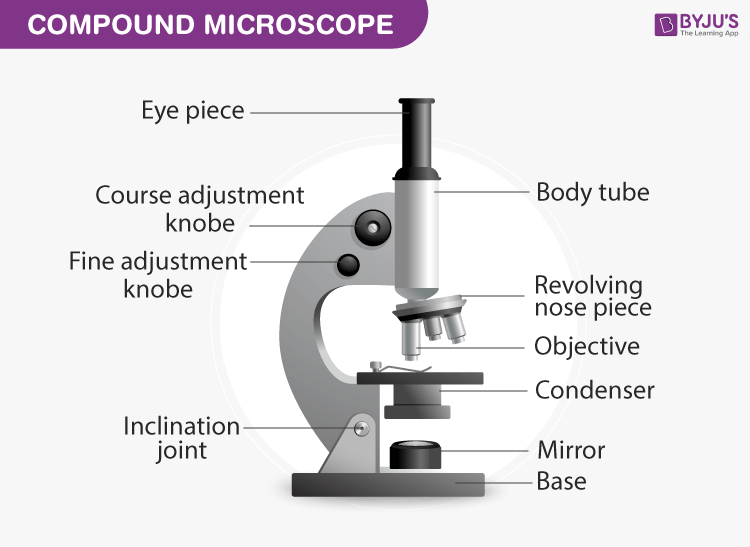
Or
What is myopia? Give its reasons. Explain with the help of a labelled ray diagram how it is corrected.
Answer: Myopia or Nearsightedness occurs when the eye loses its ability to focus on far-off objects as the lenses do not possess a long focal length.
14. Draw a well-labelled diagram of a dry cell.
Answer:
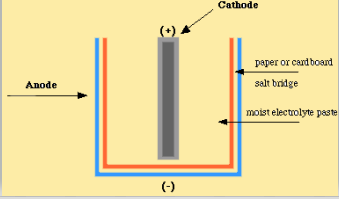
Or
A charge of 4 coulomb is brought from a point at 220 V to another point at 230 C. Calculate the work done.
Answer: Given that charge is Q = 4 Coulomb
And Potential Difference, V = 230V – 220V = 10V
Now to calculate the work done, apply the below given formula:
Work Done, W = VQ
Hence, W = 4
 10 = 40 J
10 = 40 J
Thus, the work done is 40 J
15. Write the characteristic features of an ideal fuel.
Answer: Find here the characteristic features of an ideal fuel.
Or
Draw a labelled diagram of a wind-mill and explain the working principle.
Answer: Find here the working principle of a wind-mill.
16. Draw a labelled diagram of a longitudinal section of flower
Answer:
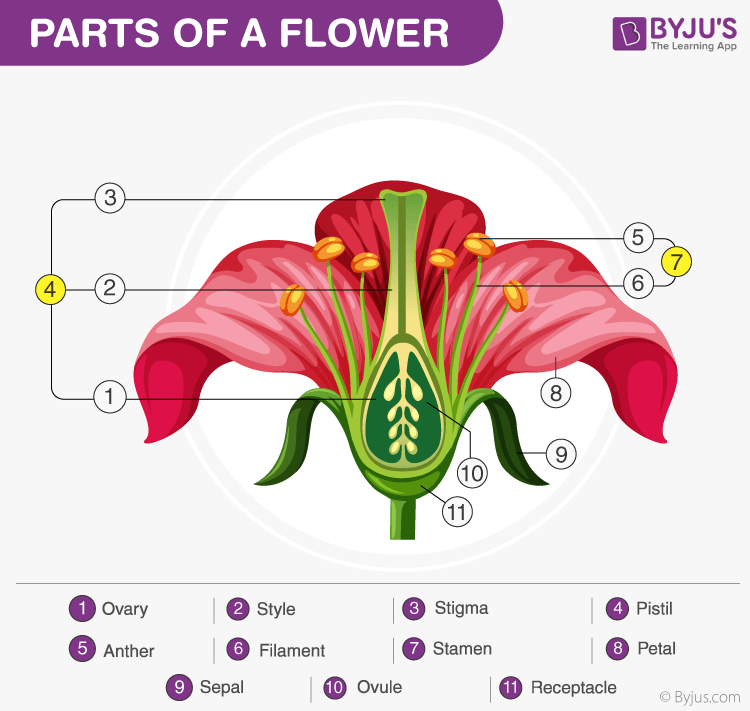
Or
Explain the sex determination process in human using a line diagram.
Answer: Find here the image and the details about sex determination in humans.
17. What is soap? Why are detergents better than soap? Explain it.
Answer: A soap is a water-soluble compound which is made via a process called saponification by the reaction between sodium hydroxide or potassium hydroxide with vegetable or animal oil (fats). Detergents are better than soaps as they are ammonium or sulphonate salts of long-chain carboxylic acids. The charged ends of these will not precipitate with calcium and magnesium present in hard water. On the other hand, soaps will form a precipitate with calcium and magnesium ions present in the hard water. Read more about soap and detergents here.
Or
How is ozonide formed?
Answer: Ozonide, is any class of chemical compounds that are produced when ozone reacts with other compounds. Addition of ozone molecules to the alkene to form unstable ozonide followed by reduction with zinc dust and water to form carbonyl compounds is known as ozonolysis.
18. Write the differences between respiration and photosynthesis.
Answer: Here, find the link with details about the differences between respiration and photosynthesis.
Or
Write the name and formula of the Bleaching powder and give four important uses of bleaching powder.
Answer: Bleaching powder formula (bleach) or Calcium hypochlorite formula is explained here along with its structure. The formula of Bleaching powder is Ca(OCl)2. H2O. Meanwhile, the chemical name of bleaching powder is calcium hypochlorite. Meanwhile, find here the uses of bleaching powder:
- It is used for bleaching dirty clothes in the laundry, as a bleaching agent for cotton and linen in the textile industry.
- It is a strong oxidizing agent, hence used as an oxidizer in many industries.
- It is used as a disinfectant which is used for disinfecting water to make potable water.
19. Write the difference between photosynthesis and respiration.
Answer: Here, find the details about the differences between respiration and photosynthesis.
Or
What is the liver? Describe the functions of liver in human beings.
Answer: The liver is located in the upper right portion of the abdomen. It is the largest gland in the human body that performs several important functions. It is the only organ that can regenerate efficiently.
20. Write the differences between lymph and blood. (any five)
Answer: Here are some major differences between lymph and blood.
Or
What is Haemodialysis? What is the reason for Haemodialysis? Explain.
Answer: In hemodialysis, blood is pumped out of the body, filtered through a machine and returned to the body through the tubes that connect the patient to the machine. In this method, the patient’s blood is passed through the dialysis machine, where it is purified and returned to the patient’s body. Dialysis is used for people with a critical kidney disorder – grave kidney damage, previously severe renal failure. It is required when the kidney loses 90% of its efficiency and has a glomerular filtration rate of less than 15. This treatment may continue for months or years since most kidney failures are irreversible. When the kidneys fail, it results in many complications and to compensate for this situation, a technology called dialysis has been developed. It uses a machine filter called a dialyser or artificial kidney to remove excess water and salt, to balance other electrolytes in the body and remove waste products of metabolism. Unlike peritoneal dialysis, hemodialysis is not to be carried out every day.

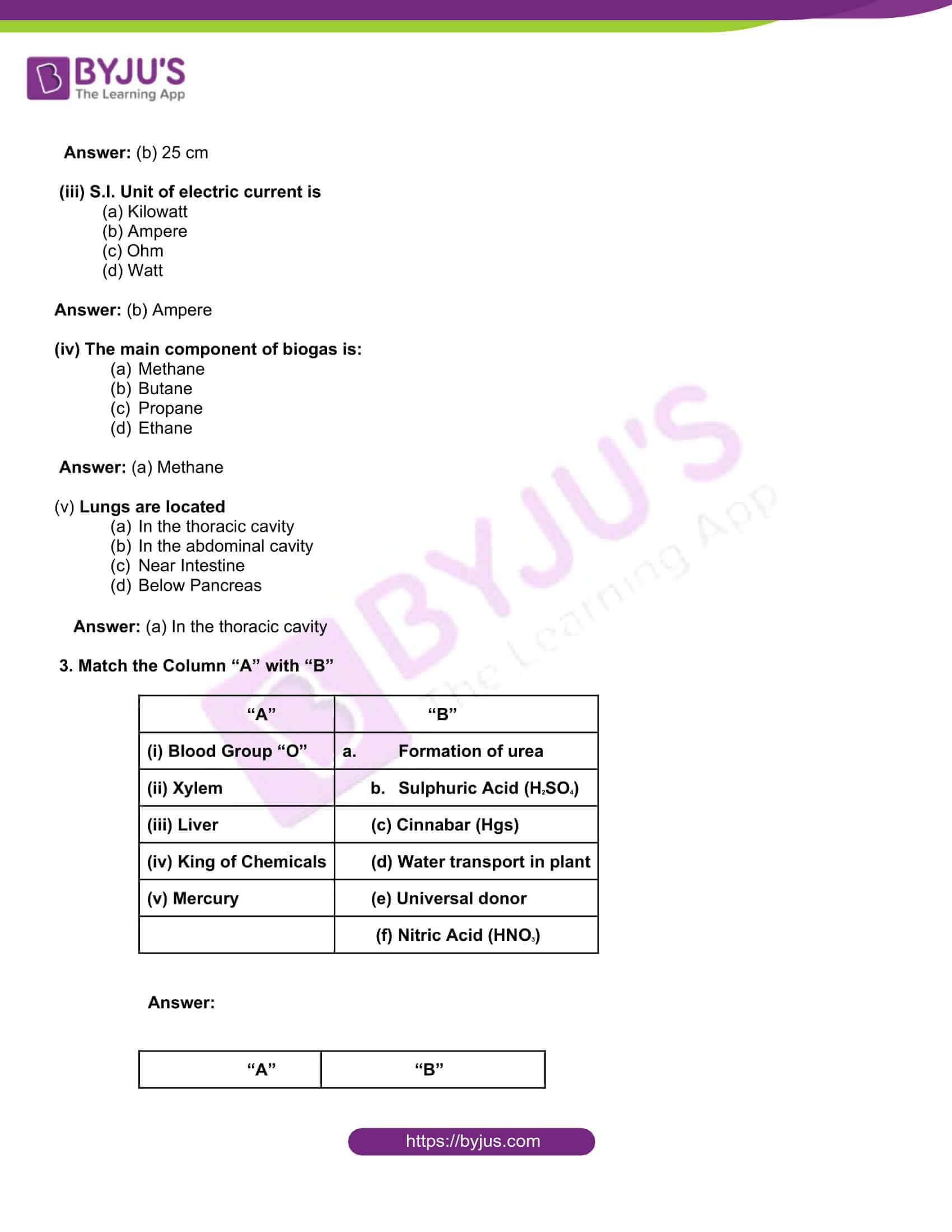
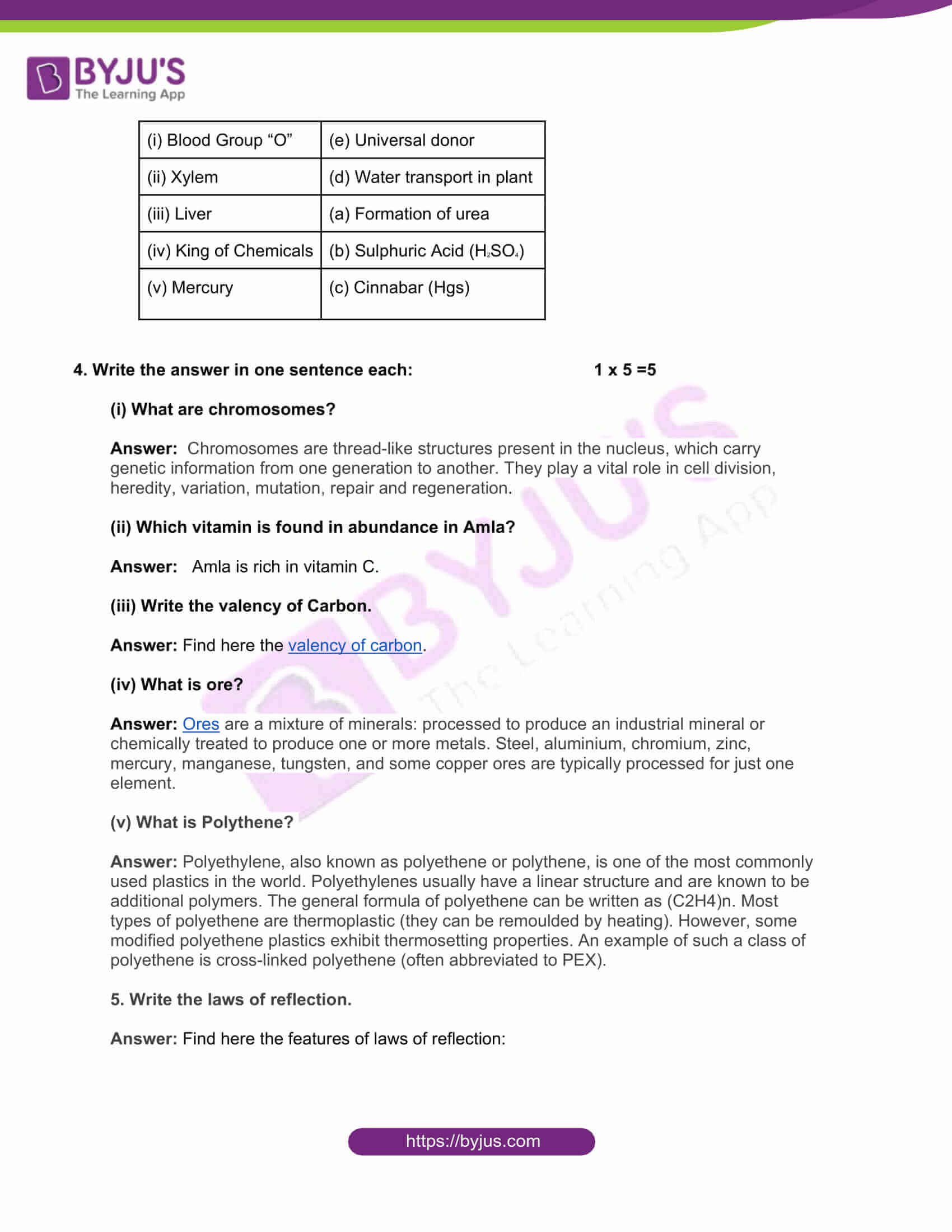

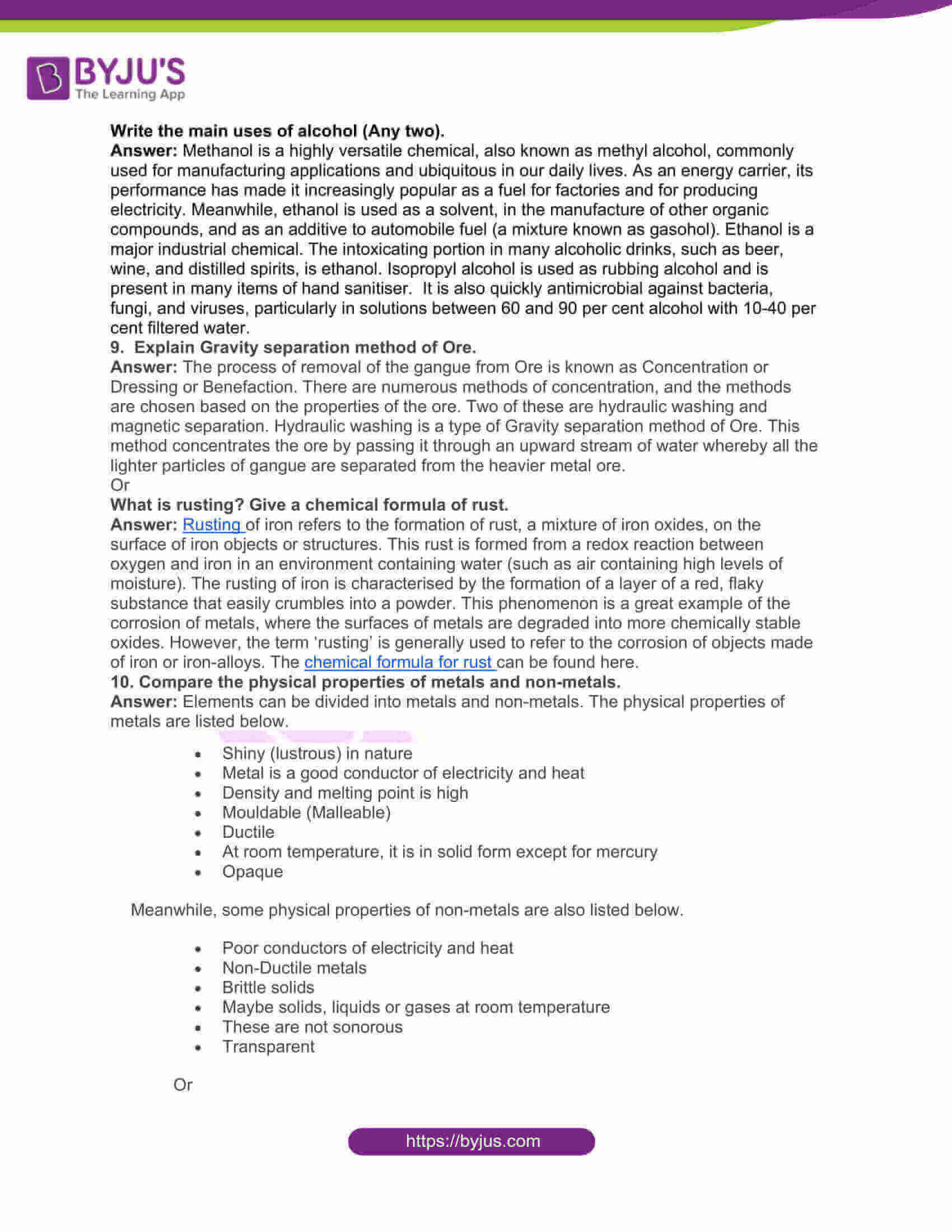
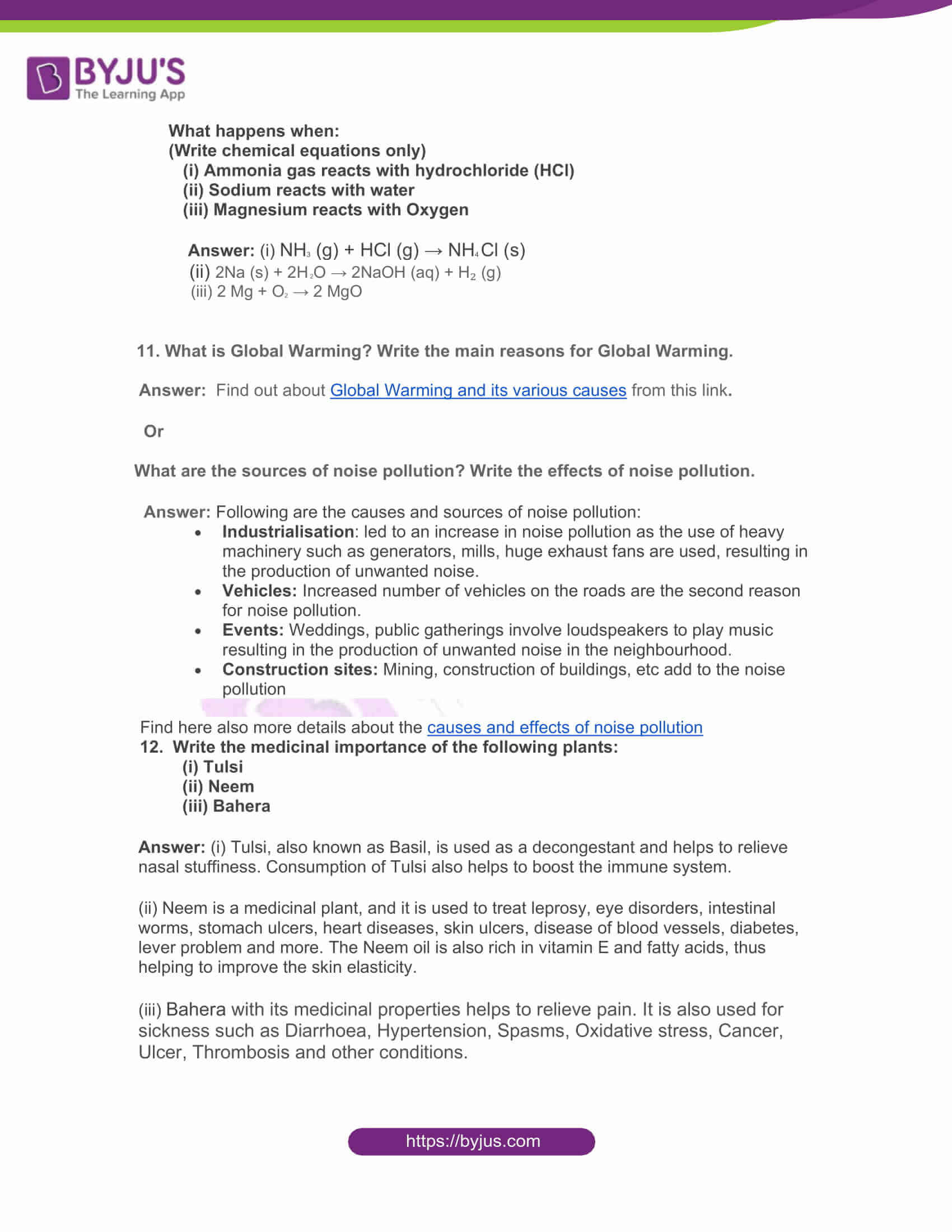
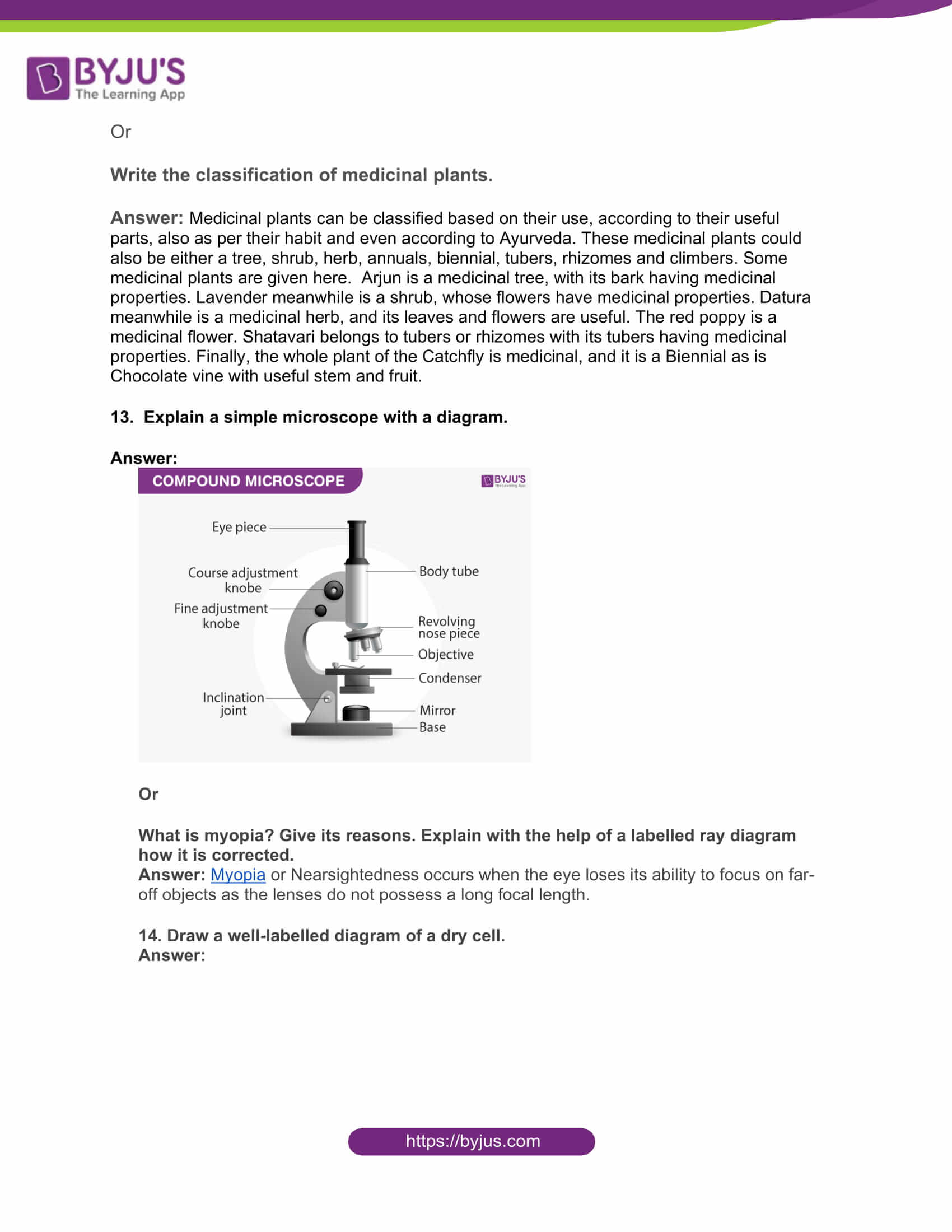
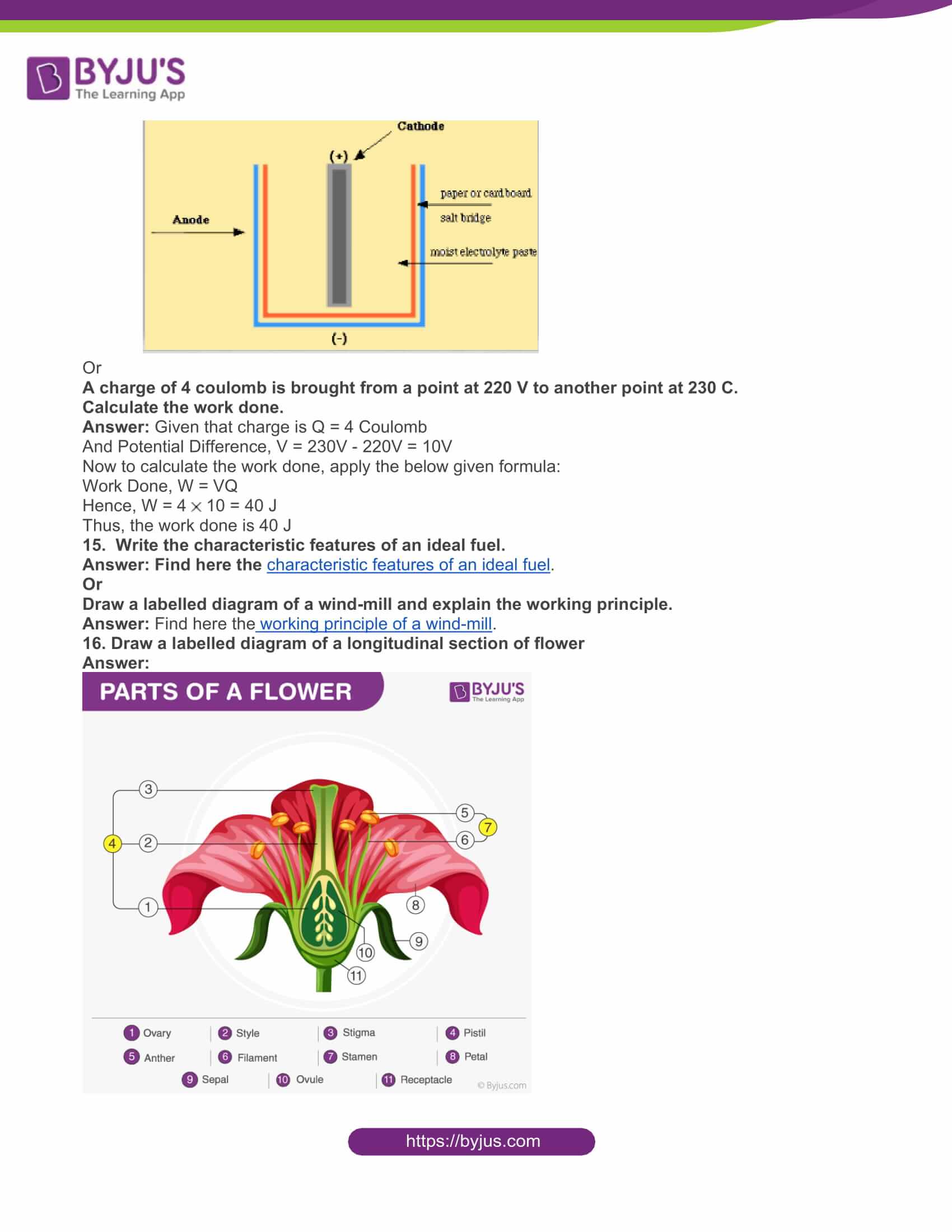
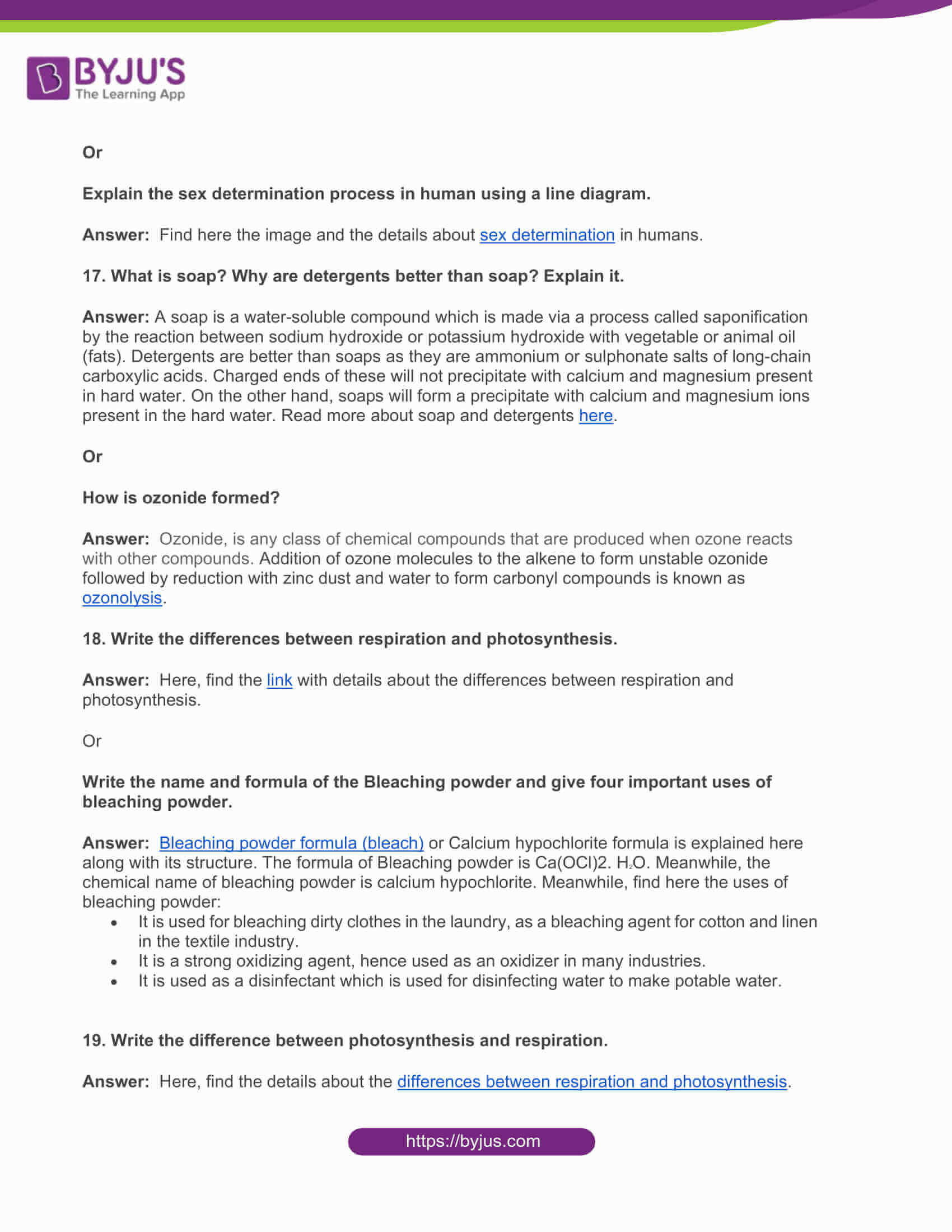
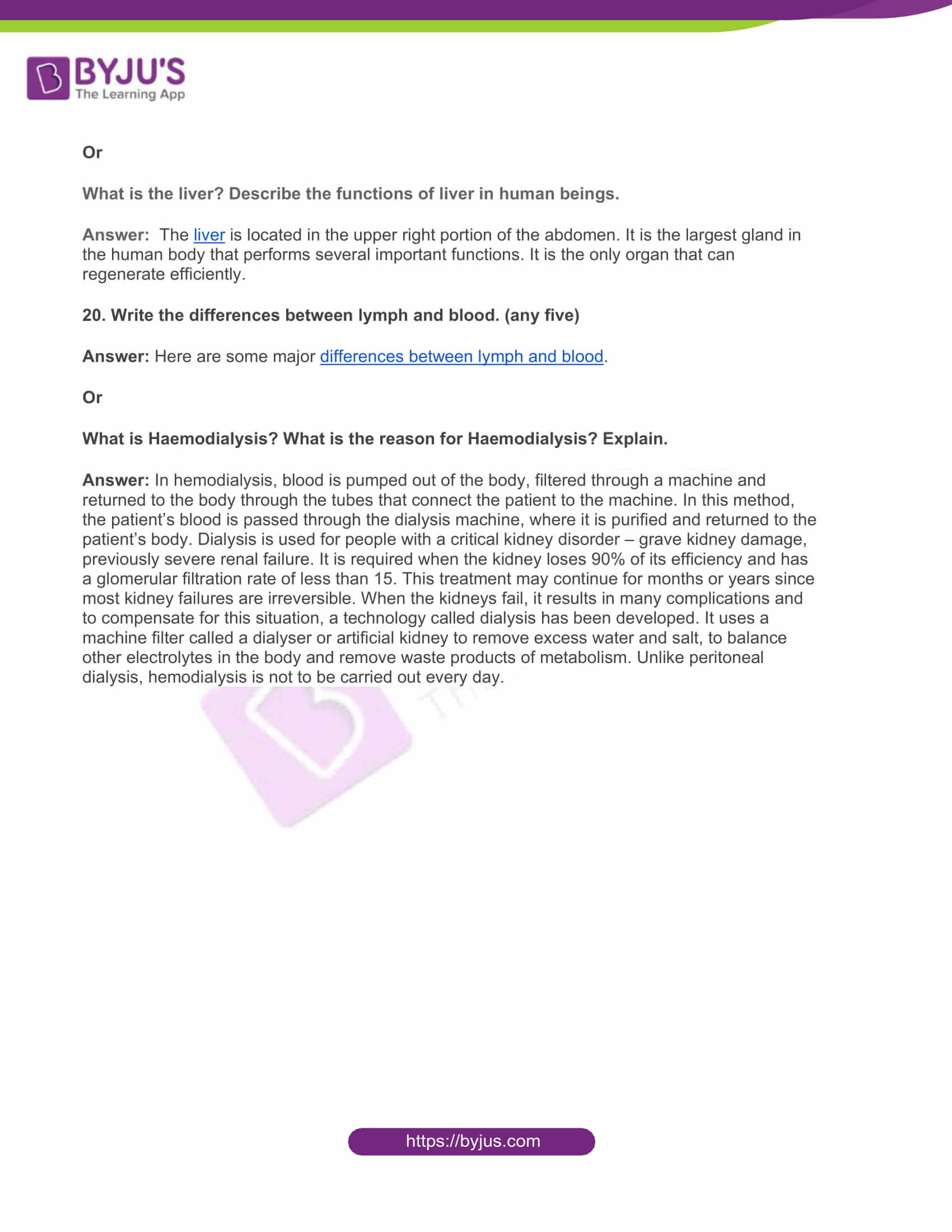
Comments